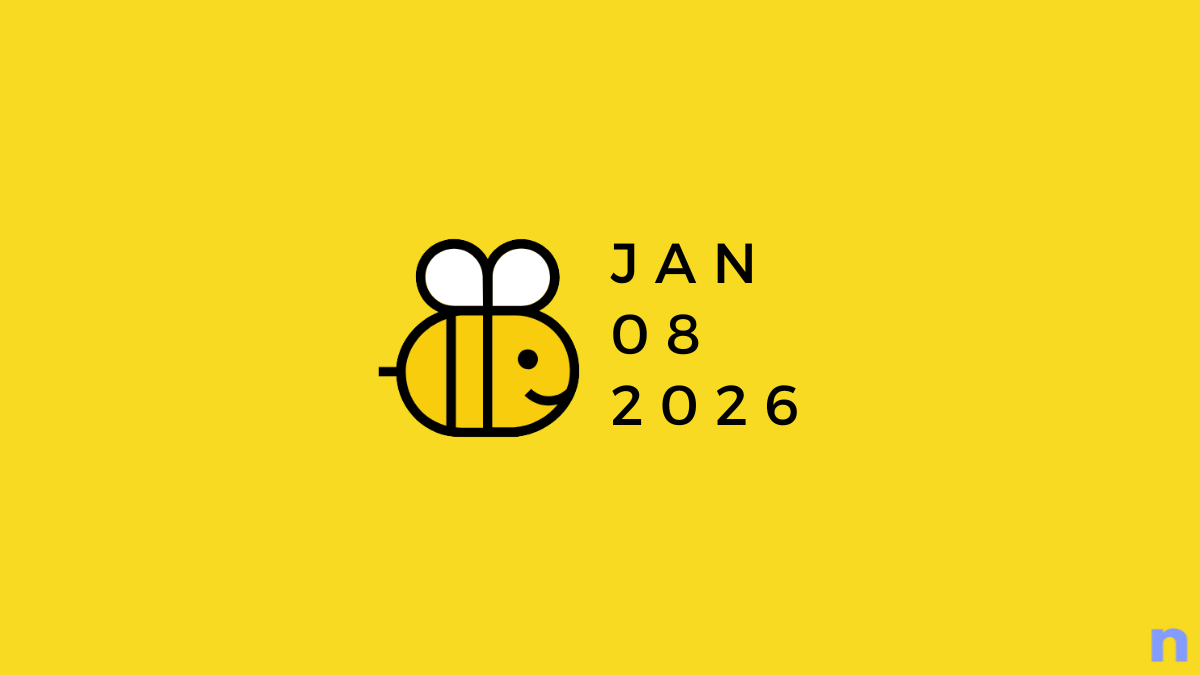Technological advancements have given us the means to carry out pretty much all day-to-day tasks with a couple of taps and clicks. And while that has indeed been a blessing for almost all of us, it has also left us vulnerable to all forms of cyberattacks.
Whenever you send a text, image, video, or file over the internet, you run the risk of it being intercepted by unauthorized personnel. Depending on the sensitivity of the data transmitted, they could then gain valuable intel on your location, thought process, and even bank account details.
Encryption is the art of scrambling the data — you’re exchanging — in such a way that only the intended parties get the tools to decipher them, guaranteeing peace of mind. Of course, “encryption” isn’t a universal standard, meaning there are many sub-categories you must familiarize yourself with. Today, we’ll take a look at the gold standard of encryption — End-to-End Encryption — and tell you how important it is to have it on your favorite video calling or texting application.
Related: What is TLS?
What is End-to-End Encryption?
As the name suggests, End-to-End Encryption or E2EE, in short, is the type of encryption that is solely dependent on end-users. Unlike the more widely-used Transport Layer Security, E2EE doesn’t allow your server to read the content of the data you are exchanging, making sure there’s no breach of privacy.
Thanks to E2EE uncompromising principles, no one — including the server, your Internet Service Provider, network operator, or even the government — can get ahold of the data packets you are exchanging.
Related: How to save files securely with encryption on the cloud
How does End-to-End Encryption work?
End-to-End Encryption, which is by far the most secure and private way to communicate, works by encrypting messages at both ends — sender and receiver — of a conversation. No one in the middle has the means to read the messages you’re transmitting.
The messages you sent are first encrypted with the recipient’s public key. The encrypted messages are then sent over to the server, which sees the data packets as gibberish, inconsistent bits of information. The server, without decrypting the packets, forwards them to the intended receiver. The recipient device, after receiving the packets, uses its private key to decode the messages.
Why do you need E2EE?
The omission of a third-party makes sure only the intended targets get to read your messages. So, irrespective of whatever you transmit, no one would be able to read, decode, and exploit the information.
E2EE also makes it almost impossible for hackers to breach through, and even if they did, they won’t be able to read the data. This gives you complete control over the people authorized to read your conversations.
Video calling or conferencing is an intimate or confidential ordeal for most of us. So, it makes sense to opt for the option that provides maximum privacy and security. Sadly, almost none of the popular video conferencing platforms — Zoom, Microsoft Team, or Google Meet — offer E2EE, leaving you vulnerable every time you hold big meetings. Hackers could potentially intercept your data or your server could be compromised, leading to intellectual property damages.
Finally, without E2EE, there is no free speech. Only E2EE can give journalists, activists, and authors the freedom they require to express their views and concerns.













Discussion